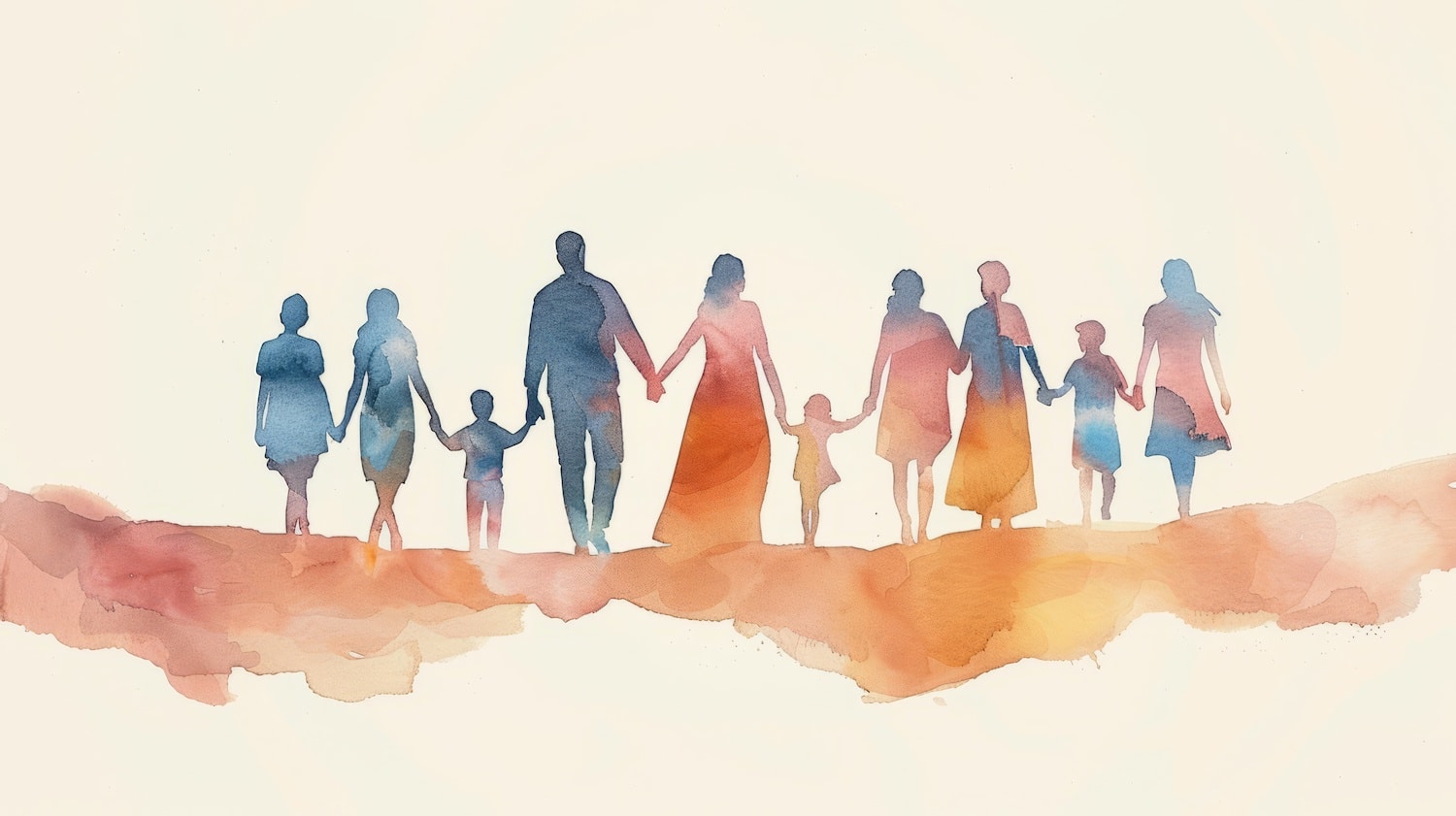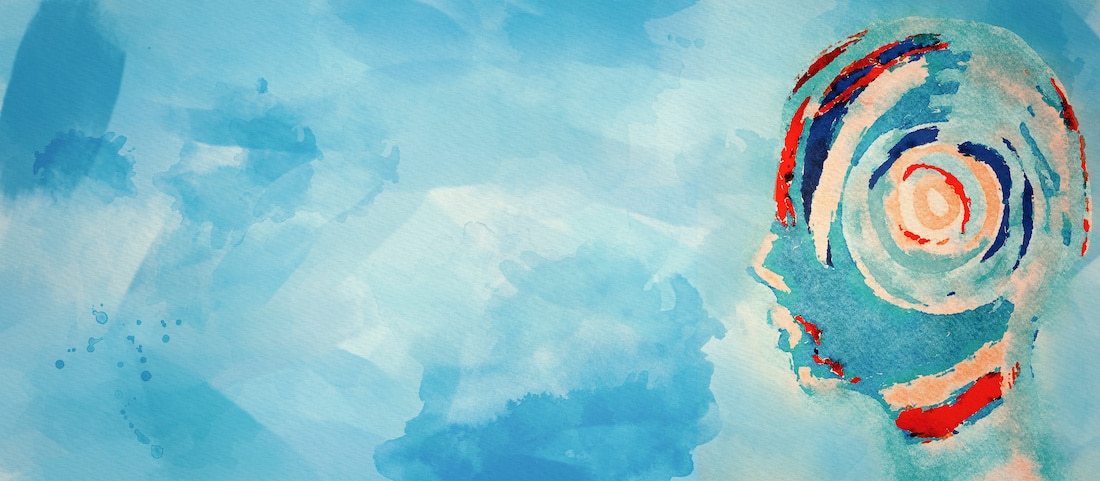Everyone hides parts of themselves at times; it’s a natural aspect of the human experience. Many of us behave differently around close friends than we do with parents, bosses, or co-workers, for instance. This is a perfectly normal instinct that typically stems from a desire to fit in and connect with the people around us.
While some amount of concealing or changing ourselves to fit in is normal, it is psychologically and emotionally damaging to feel like changing yourself is the only way to be accepted or valued.
Unfortunately, this is a constant reality for many people with autism.
Individuals with autism spectrum disorder (ASD) often become adept at suppressing parts of themselves in their daily lives, with the hope that doing so will help them navigate societal norms and expectations that were created for (and by) neurotypical or allistic people. These attempts to conceal autistic traits and behaviors are known collectively as masking–and it’s one of the most common experiences among people in the autistic community.
What is Autism Masking?
Autism masking describes a set of behaviors autistic people use to suppress the characteristics of their condition and imitate behaviors deemed “normal” or “acceptable” by society. Often, the goal is to “fly under the radar” or “pass” as a non-autistic person to avoid stigma, judgment, or shame in environments where their natural behaviors may be received with suspicion, discomfort, or outright hostility. For many autistic people, this means masking in virtually every social situation, work environment, or public place.
Autism masking is a coping skill and method of self-preservation that can develop either consciously or unconsciously. Although it can help autistic people feel safer in predominantly neurotypical environments, it is also mentally and emotionally exhausting, can decrease self-esteem, and can negatively impact a person’s view of themselves.
How to Recognize Autistic Masking
It can be tough to recognize masking because many people with autism become very skilled at adapting their traits and behaviors to a variety of environments. While masking looks different for each individual, there are some common shared behaviors, such as:
- Making eye contact: Since lack of eye contact is a common trait associated with autism, many autistic people mask by actively maintaining eye contact, even when it feels uncomfortable.
- Suppressing stimming behaviors: People with autism often perform repetitive movements referred to as “stimming,” such as hand flapping, tapping, or rocking. Suppressing these behaviors is another form of autistic masking.
- Imitating facial expressions: Individuals may imitate facial expressions they see in others during conversations to help them conform to social expectations.
- Adjusting tone or pitch: Some people with autism naturally speak in a monotone voice, so they may intentionally vary their tone or pitch when talking to mask their condition.
- Copying social cues: Observing and copying social cues is a common behavior in autistic masking because many people with ASD may naturally communicate or interact with others in ways that don’t conform to societal norms
- Concealing special interests: Autistic people are often highly passionate about their special interests, so they may avoid talking about or expressing these interests in certain environments
- Scripting conversations: Many autistic people use repetition of pre-learned phrases and dialogue to make spontaneous conversations easier
These are only a few of the most common behaviors and adaptations of autism masking. Not everyone masks in the same way, and some autistic people choose not to mask at all.
The important part is learning to recognize the more common signs of autistic masking so you can better support a loved one with autism.
Effects of Autism Masking
Masking isn’t just about adapting to and blending in with the neurotypical world; it’s also a way for autistic people to protect themselves–from bullying and harassment as well as judgment, bias, and stigma.
Many find it easier to make friends, find a romantic partner, or advance at work if they camouflage their autistic traits and compensate by imitating the behaviors of non-autistic people.
Masking is not a healthy coping mechanism, though. It can have various negative effects on an autistic person’s self-perception and psychological health:
- Exhaustion: It is exhausting for anyone to hide who they are for extended periods, and the same applies to individuals with autism. Exhaustion is commonplace among those who mask.
- Increased stress, anxiety, and depression: People who mask their autism experience much higher rates of stress, anxiety, and depression, according to multiple studies.1,2
- Misdiagnosis or missed diagnosis: Masking autistic behaviors can lead to a delayed or missed diagnosis, which prevents autistic people from receiving the right help and support.
- Losing identity: Hiding who you are for any extended period can make you feel disconnected from your identity and sense of self; this is no different for individuals who mask their autism.
- Autistic burnout: Extended autistic masking can lead to a state referred to as autistic burnout, a sense of overwhelming overload, exhaustion, and decreased tolerance for people and situations.
- Suicidal ideation: The most extreme effect of autistic masking is an increased risk of suicidal ideation. Masking can contribute to or reinforce the idea that autism is a fundamental flaw or that autistic traits are shameful; over time, these ideas can deprive autistic people of their self-worth and identity.
Providing Support for a Loved One with Autism
No one should feel like they have to hide who they are in any place or situation, but this is a reality for many people with autism. Learning to recognize the signs of autistic masking and understanding its effects are two of the most important ways to support a loved one with autism. Perhaps most important is creating an environment where your autistic loved one feels accepted and confident in being exactly who they are.
When your loved one knows you provide a safe place for them to be their authentic selves, they are less likely to experience the anxiety and burnout that masking can cause.
Sometimes, your loved one may need more support than you can provide. Treatment programs designed for autistic people can help them develop healthy coping mechanisms and learn to feel confident being their authentic selves. If you would like to learn more about the autism spectrum disorder services we provide, call us at 407-215-2519 or submit an online contact form and speak with an admissions specialist today.
References
- Journal of Autism and Developmental Disorders. (2019). Understanding the Reasons, Contexts and Costs of Camouflaging for Autistic Adults.
- Journal of Autism and Developmental Disorders. (2018). Experiences of Autism Acceptance and Mental Health in Autistic Adults.



